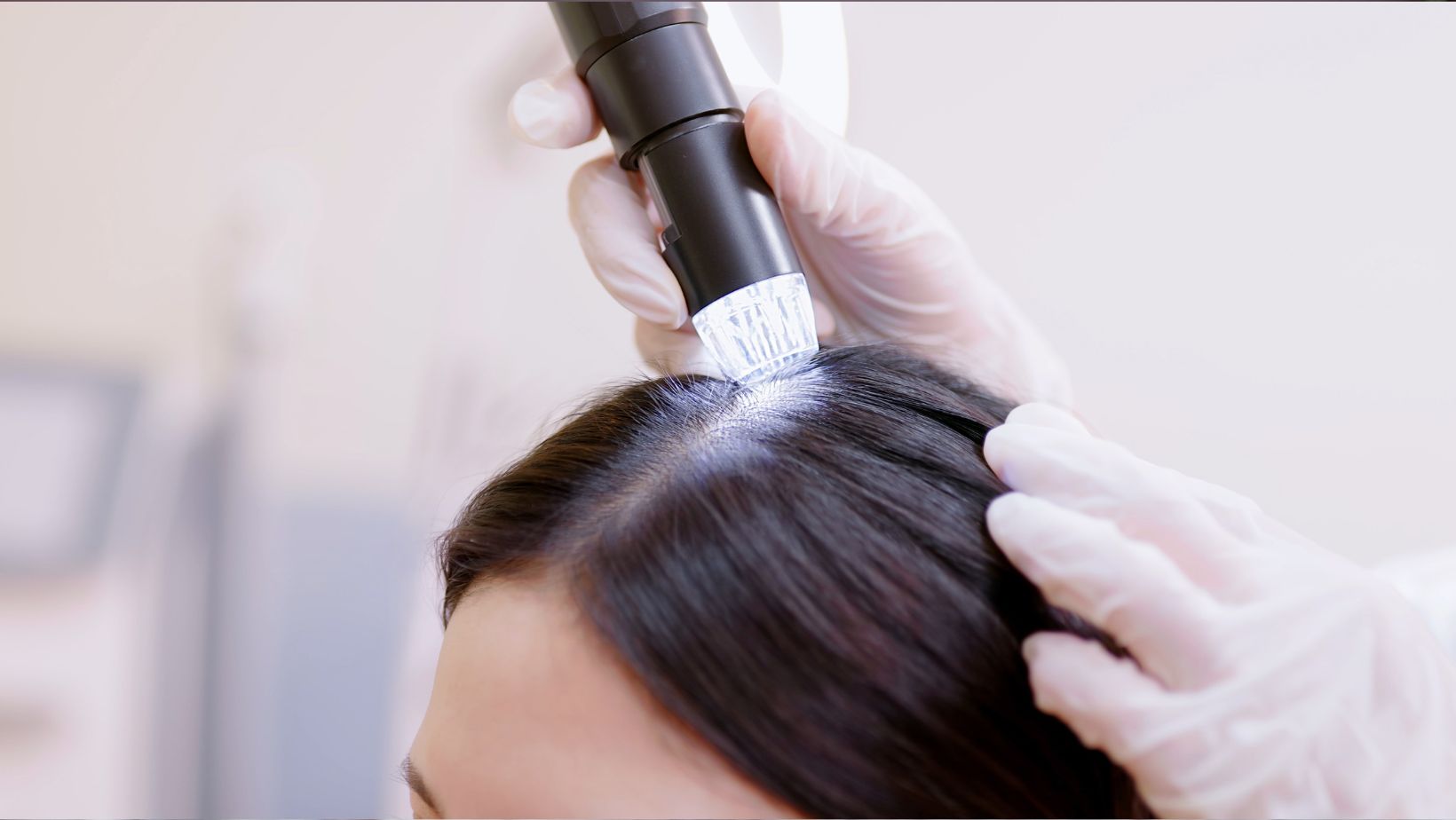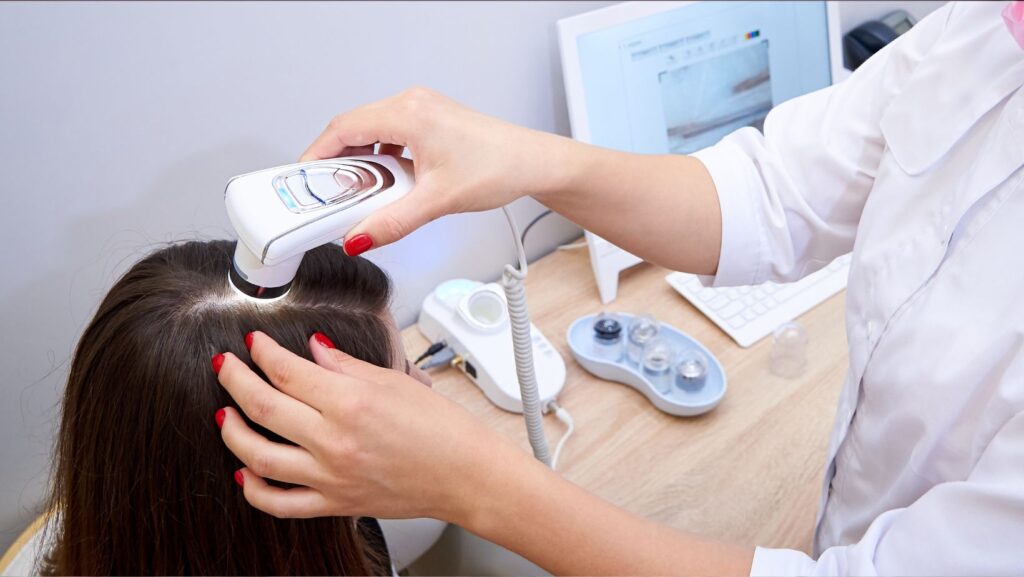Dandruff can be a frustrating and embarrassing problem. Those pesky white flakes on your shoulders can make you feel self-conscious. But don’t worry – there are effective ways to tackle dandruff.
The key to getting rid of dandruff is using the right scalp treatment. Anti-dandruff shampoos with ingredients like zinc pyrithione, selenium sulfide, or ketoconazole can help. These fight the fungus that causes flaking and itching.
Regular scalp care is also important. Gentle exfoliation removes dead skin cells. Moisturizing prevents dryness. Some people find natural remedies like tea tree oil helpful, too. With the right approach, most people can get dandruff under control.
Understanding Dandruff and Scalp Health
Dandruff is a common scalp issue that affects many people. It can be uncomfortable and embarrassing, but there are ways to manage it effectively.
Causes of Dandruff
Dandruff often results from an overgrowth of Malassezia yeast on the scalp. This yeast feeds on oils produced by sebaceous glands. When there’s too much yeast, it can irritate the skin and cause flaking.

Other factors can contribute to dandruff:
- Dry skin
- Oily skin
- Stress
- Cold weather
- Certain skin conditions
Seborrheic dermatitis is a more severe form of dandruff. It causes red, oily skin with white or yellow scales. This condition can affect other body parts too.
Some people may have a sensitive scalp that reacts to hair products. This can lead to itching and flaking that looks like dandruff.
Symptoms and Diagnosis
The main sign of dandruff is white flakes on the scalp, hair, and shoulders. Other symptoms may include:
- Itchy scalp
- Red or scaly patches on the scalp
- Oily areas on the scalp or face
Doctors can usually diagnose dandruff by looking at the scalp and hearing about symptoms. In some cases, they might take a skin sample to rule out other conditions.
It’s important to tell apart dandruff from a dry scalp. The dry scalp has smaller, less oily flakes. Dandruff flakes are larger and may look yellowish.
Effective Dandruff Treatments
There are many ways to treat dandruff. These include medical options, natural remedies, and special hair care products. The best choice depends on the severity of dandruff and personal preferences.
Medical Treatments
Medicated shampoos are a common first step for dandruff treatment. These often contain active ingredients like ketoconazole, selenium sulfide, or zinc pyrithione. These fight the fungi that cause flaking and itching.

Prescription treatments may be needed for severe cases. Doctors can prescribe stronger anti-fungal shampoos or steroid lotions. These reduce inflammation and control flaking.
For stubborn dandruff, oral medications might help. Anti-fungal pills or anti-inflammatory drugs can tackle the problem from the inside out.
Natural Remedies and Lifestyle Changes
Some people prefer natural ways to manage dandruff. Tea tree oil has anti-fungal properties that may help control flakes. Coconut oil can moisturize the scalp and reduce dryness.
Apple cider vinegar is another popular home remedy. Its acidic nature may help balance scalp pH and fight fungus. Aloe vera gel can soothe an itchy, irritated scalp.
Diet changes might also improve dandruff. Eating foods rich in zinc, B vitamins, and omega-3 fatty acids may help. Reducing stress through exercise or meditation can also make a difference.
Choosing the Right Hair Care Products
Picking the right shampoo is key for dandruff control. Look for products with proven anti-dandruff ingredients. Zinc pyrithione, selenium sulfide, and salicylic acid are effective options.
For mild cases, regular use of an anti-dandruff shampoo may be enough. Severe dandruff might need a stronger, medicated shampoo. Coal tar shampoos can help with scaling and itching.
It’s important to use these products as directed. Some work best when left on the scalp for a few minutes before rinsing. Others may need to be used daily at first, then less often as symptoms improve.
